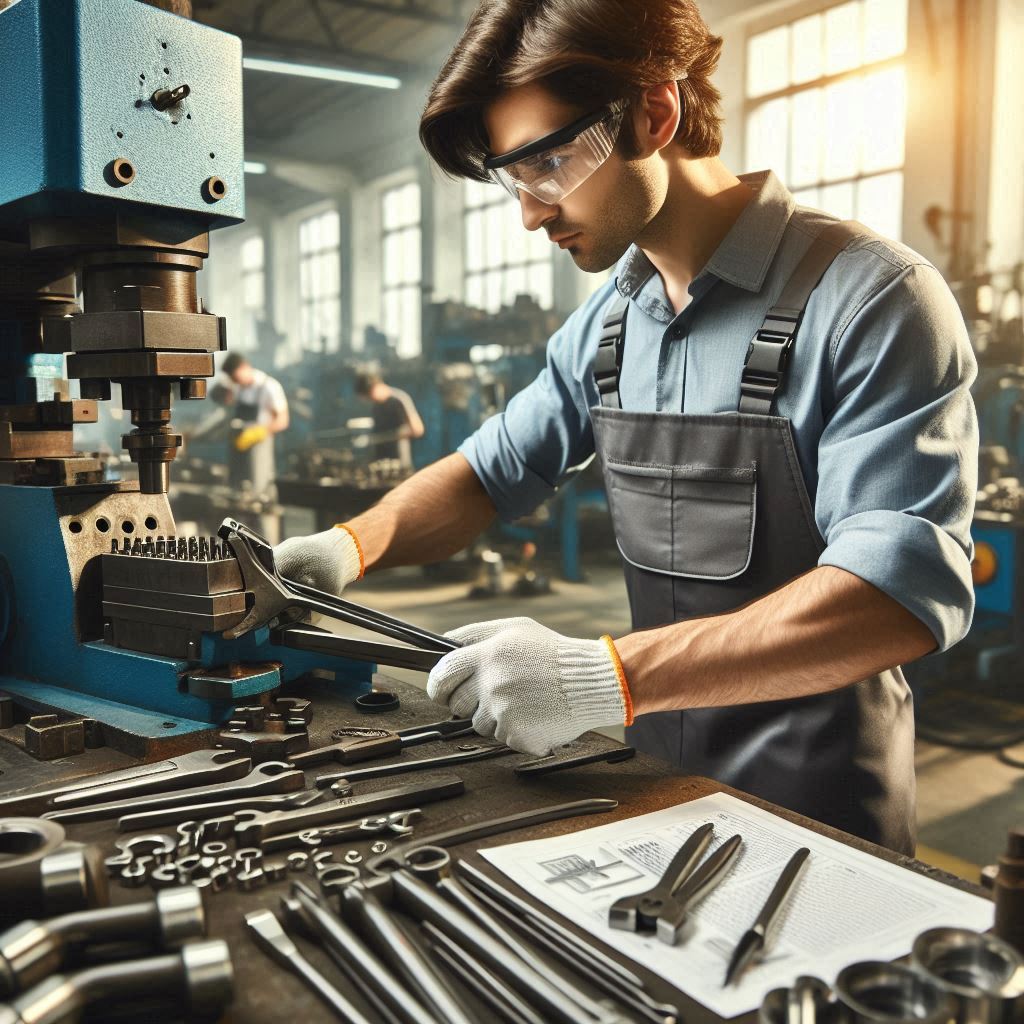
Forging is an Indian industry contributing to the growth of the automobile and locomotive sector by supplying high-strength precision-engineered components such as forgings that amplify durability, efficiency, and performance. Now that India is in the race to becoming a manufacturing hub of the world, the forging manufacturers are adopted with advanced technology, automation, and sustainable practices to build the industries’ changing needs.
Forging Role in the Automobile Industry
In the manufacture of critical automotive components where strengthening, impact-resistance, and durability are paramount, forging definitely absorbs. Crankshafts, connecting rods, gears, axles, knuckles, suspension, and braking system components made by Indian forging manufacturers assure vehicle reliability and efficiency. With increased interest in EVs, forging companies are lightening the manufacturing of components for EV powertrains with aluminum and high-strength steel to better support energy efficiency.
Top Contributions to the Automotive Sector:
- Lightweight & High-Performance Components – The growing demand for forged aluminum and high-strength steel parts has risen in tandem with the demand for fuel efficiency and electric vehicle technology. This minimizes the vehicles’ total weight while focusing on preserving the structural integrity.
- Improved Safety and Durability – Safety for passengers and minimized maintenance costs are ensured by high crash resistance and long life of forged components.
- Complying With International Standards – Indian manufacturers are reliable suppliers for international automakers since they conform with global safety and emission standards like BS-VI, Euro 6, and ISO standards.
Impact Of Forging On The Locomotive Sector
The mainstay of the locomotive industry are the forged components for engine, transmission system, wheel sets, couplers, and brake systems. As India is now investing in high-speed rail, metro projects, and freight corridors, the forging manufacturers are innovating to design high-strength components resistant to both corrosion and wear for railway infrastructure.
Key Contributions of Forgings to the Locomotive Sector:
- Enhanced Train Productivity – Forging for wheel sets, axles, and transmission components provide load-bearing capability and smooth working under high speed and heavy load conditions.
- Sustainability & Efficiency – The manufacturers are taking a green path in their forging methods, conserving energy and minimizing emissions to support various national initiatives on green mobility.
- Infrastructural Development – As investments into railway and metro systems swell, the Indian forging fraternity is working on customized solutions to furnish support on larger transportation projects.
Technology and Innovation in the Indian Forging Industry
To be on par with the competition in the global market, Indian forge makers are accepting:
- Automation & Robotics- to enhance precision, eliminate errors, and maximize the efficiency of the production operations.
- I.-based Quality Control- assures a zero-defect approach through real-time inspection and predictive maintenance.
- Eco-Friendly Forging Practices- to minimize the environmental damage by utilizing renewable sources of energy, recycling waste, and energy-efficient furnaces.
Conclusion:
The Forging manufacturer India are changing the automobile and locomotive industry with high-strength, lightweight, and precision-engineered components and innovation oriented toward sustainability. Technological advancements, global quality standards, and green-type production are the mainstay of the Indian forging industry to become a major player in the global forging supply chain. In the wake of growing demand for electric vehicles, high-speed rail networks, and fuel-efficient transport systems, they will continue to change the course of these industries by providing safer, stronger, and more efficient solutions for mobility.





Leave a Reply